The challenge with calf sheds, is that you're housing calves with little immune function in an intense non-sterile environment.
Most calf sheds start every calving season clean, but by the second and third batches of calves it is often a different story depending on numbers and the numbers within groups.
There can be no doubt that the calves born later in the season get exposed to more bacteria. In the past there have been very few options to reduce that bacteria mid-season, but we have found an easy, safe and proven solution at Daviesway.
Stalosan F is a Danish sanitiser, that is extremely popular in Europe. Most of Europe's pig and poultry producers prefer Stalosan F, and it's worth noting that these producers set the international benchmark for shed hygiene.
The beauty of it (for me) too, is that it is non-toxic, and it has almost no smell. Stalosan F contains two powerful naturally occurring anti-microbials that don't impact on a calf's mucus membranes, respiratory system, or hooves like hydrated lime can.
With a pH of below 4, Stalosan kills and inhibits a broad range of bacteria, viruses, fungi and flies which can spread disease.
Its unique combination of minerals makes it an excellent drying agent for animal housing. It binds up to 100% moisture where ammonia is present. In fact, it holds four times its weight in moisture content.
It is guaranteed to reduce levels of Ammonia odour, Diarrhoea, Septicaemia and other diseases in calves.
And best of all, it can also be safely used mid-season, whilst calves are in the pen.
There are certainly other drying agents out there but only Stalosan F has three primary functions that make it unique to the Australian dairy industry. It dries bedding, kills bacteria, and binds ammonia without that toxic afterburn.
It's true that Stalosan isn't a new product, and because of that it comes with a welcome amount of extensive peer-reviewed research.
When we re-discovered Stalosan, we knew we had to make it available to Australian dairy producers, because it's safe and it works.
Calf bedding which one is right for you?
There are lots of different options when it comes to choosing calf bedding.
Whichever option you choose, it's important to make sure there is a minimum depth of 150mm throughout the pen. Most operations start the season with adequate bedding, but it's important that it is topped up regularly as it compacts down. Bedding also needs to be replaced every time a new batch of calves are introduced.
With a poor rice harvest recently, rice hulls are expected to be in short supply, and therefore they will get more expensive. Straw is cheap, but calves tend to chew at it and ingest bacteria. Wood chips are always a good option, but they are traditionally in the higher price bracket.
Given there is likely to be little difference in the cost of rice hulls and wood chips this season, wood chips appear to be the best option. Again, spread at a depth of 150mm, add Stalosan F on the top every seven days to dry bedding, kill bacteria and bind ammonia.
As wood chips don't compact as fast as rice hulls or straw, you will save money because the bedding won't have to be replenished or replaced as quickly. And, you will still have a dry, clean environment for your calves to bed down in.
Using Stalosan F on the top of the bedding is a wise investment because it saves on the total amount of bedding needed for the season.
DASCO calf shed hygiene solution
"Sacrifice on price, not quality"
GERMIDET $15.30* Vs VIRKON S $39.00* (Per 100lt solution)
*please check for latest price comparison

DIRECTIONS:
1. Clear shed of last season's bedding (ideally when the season ends to rest the shed)
2. Spray pens, walls, and gates thoroughly with Germidet mix at 200ml per 10lt water
3. Spread Stalosan F at 50g/mt2 on the ground in pen
4. Bed with a minimum depth of 150mm
5. Spread Stalosan F at 50g/mt2 on the top of bedding once every 7 days (and maintain a minimum depth of 150mm of bedding at all times)
6. Stalosan F is safe to use during the season
7. Repeat process every time a pen is emptied


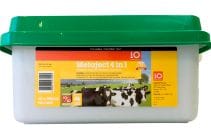
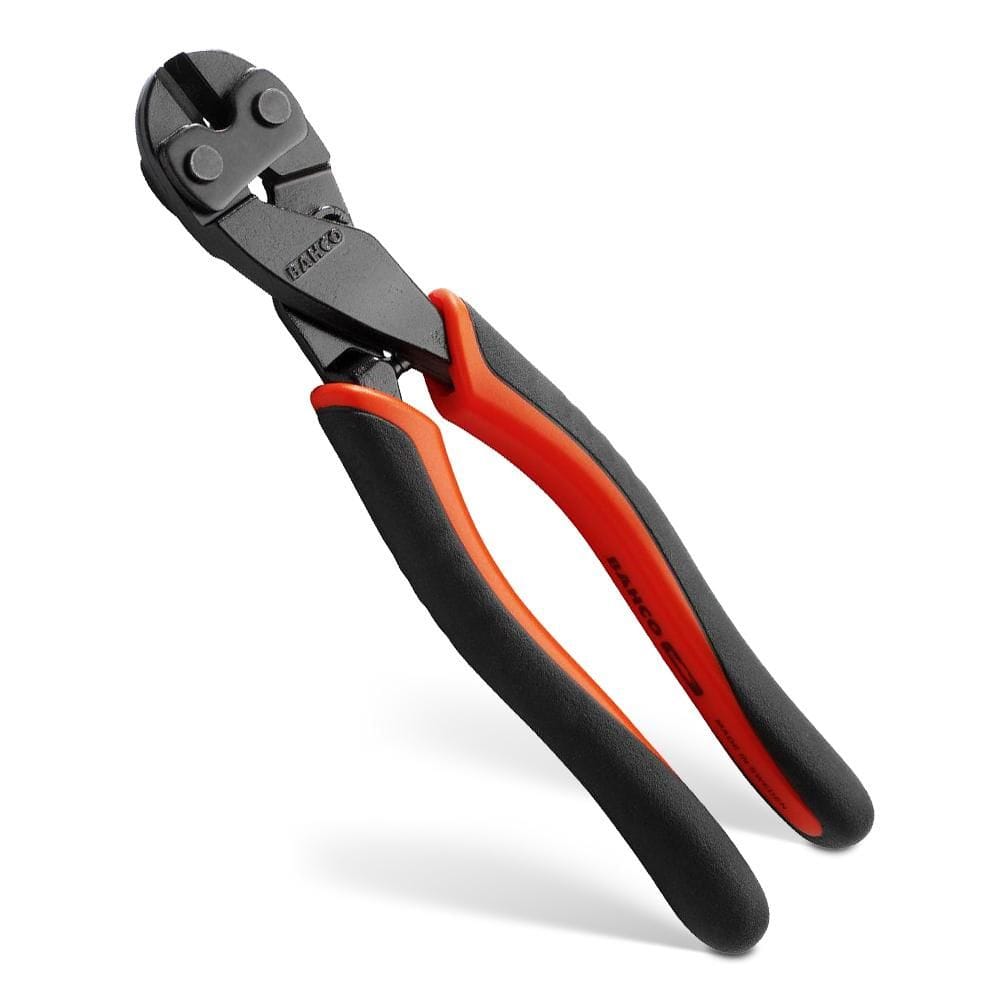


)
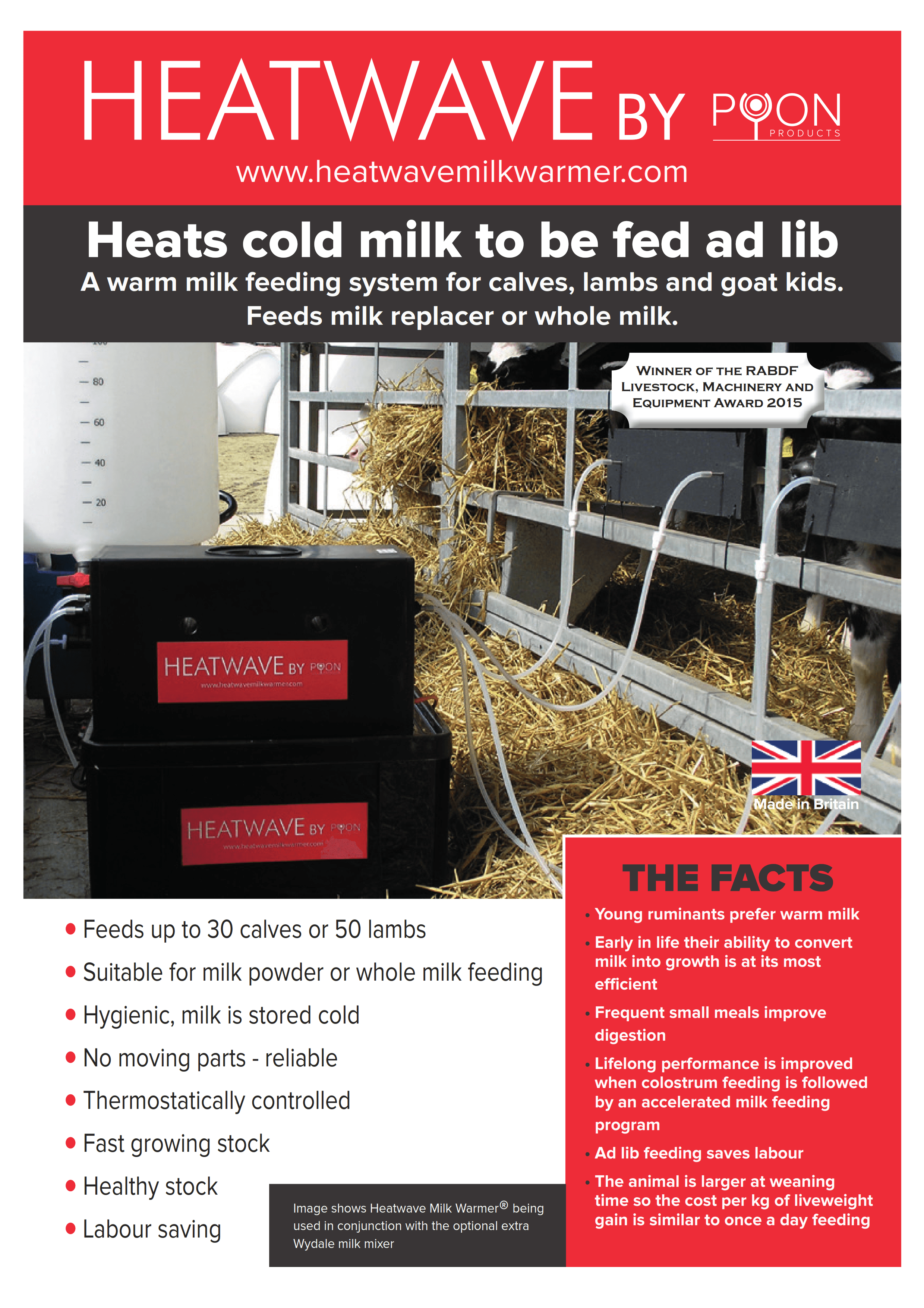)
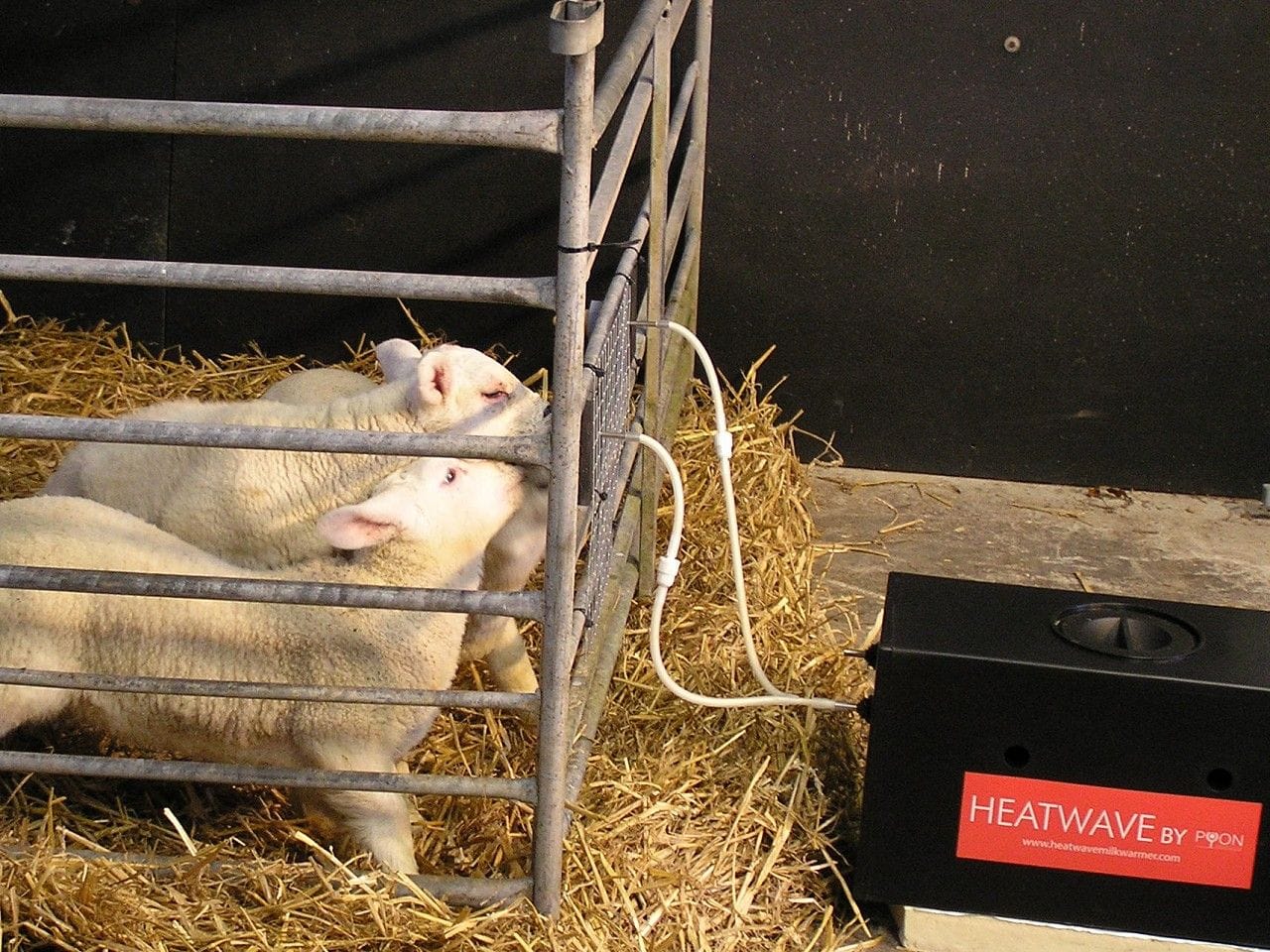
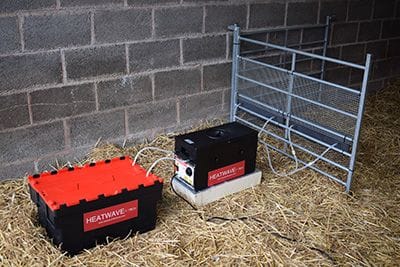
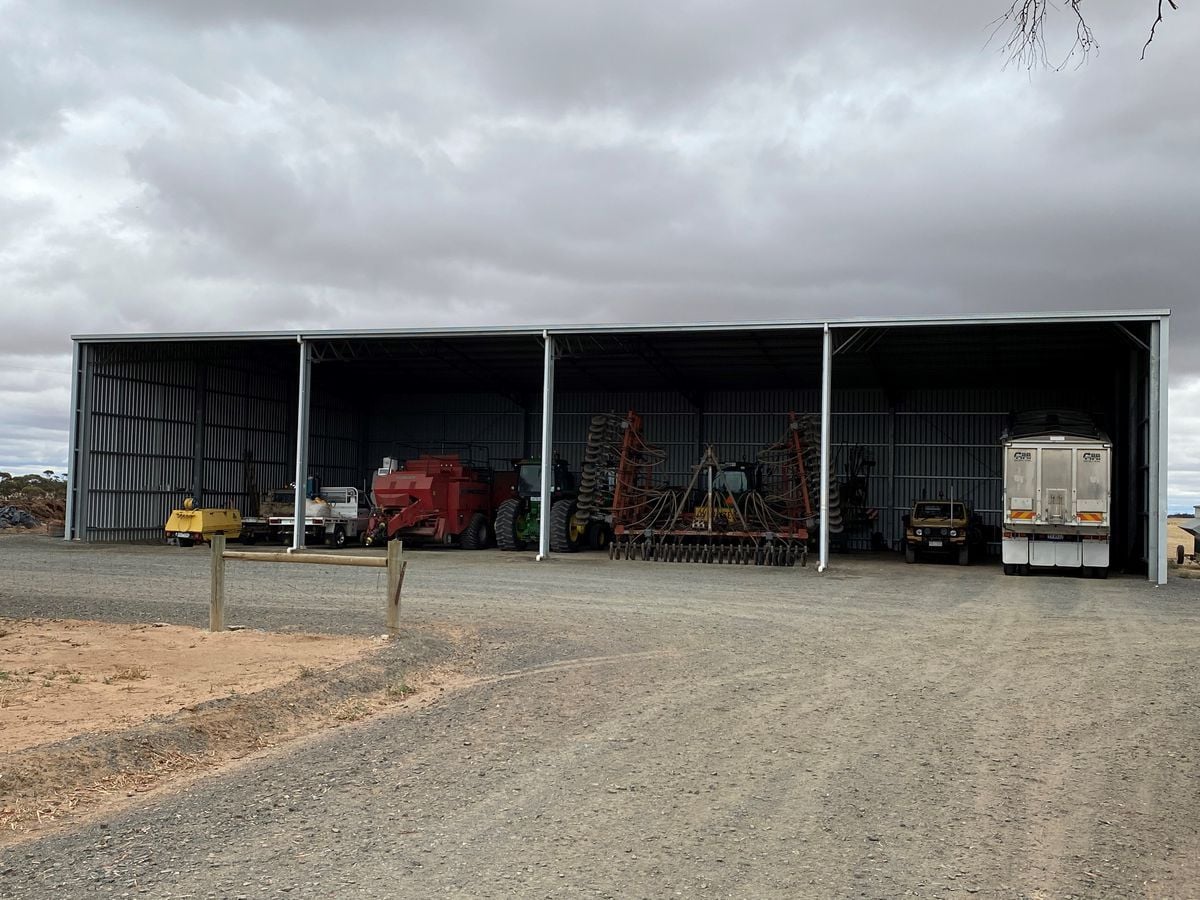)
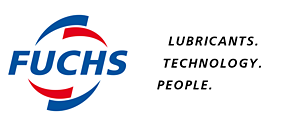
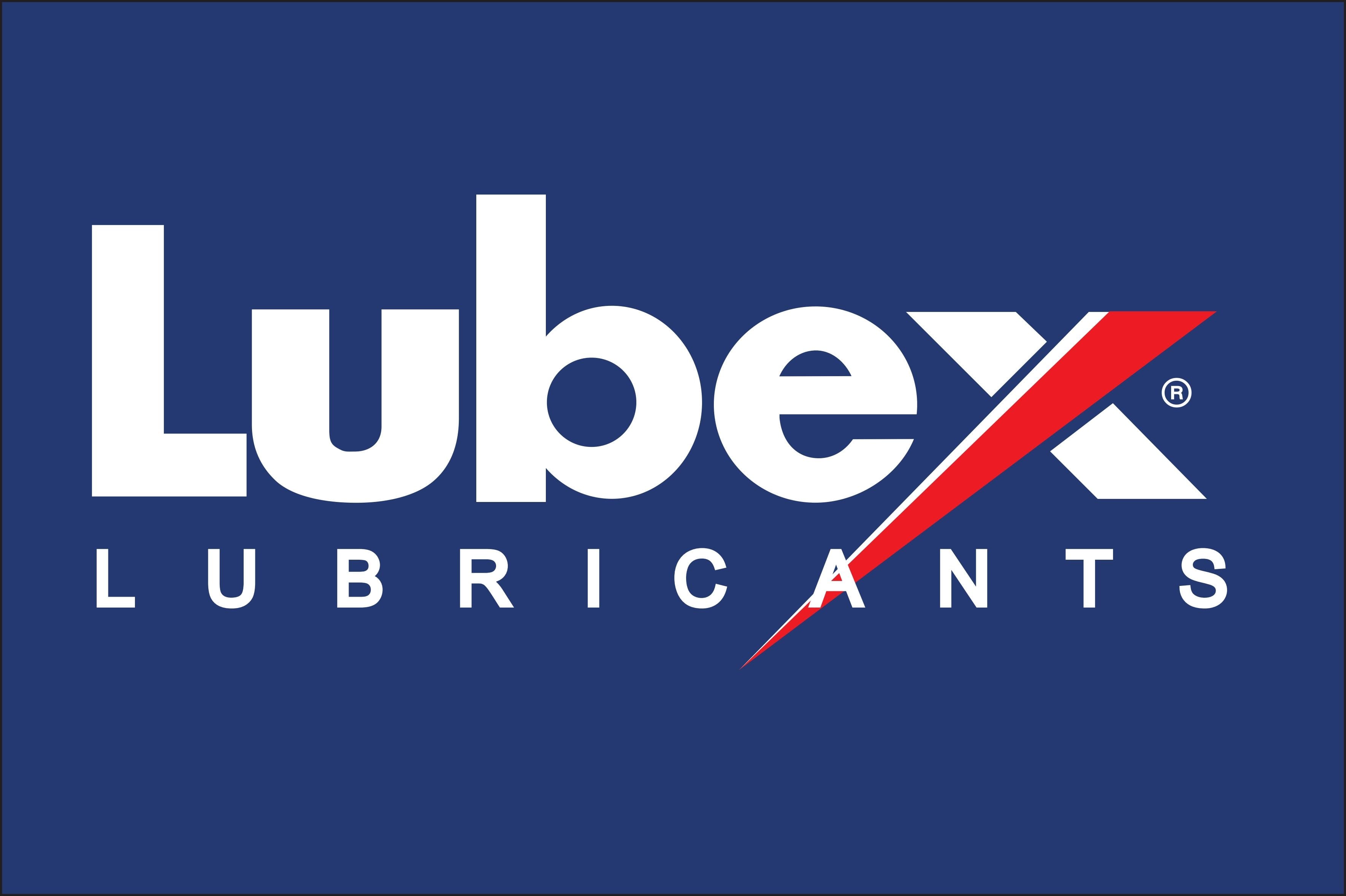
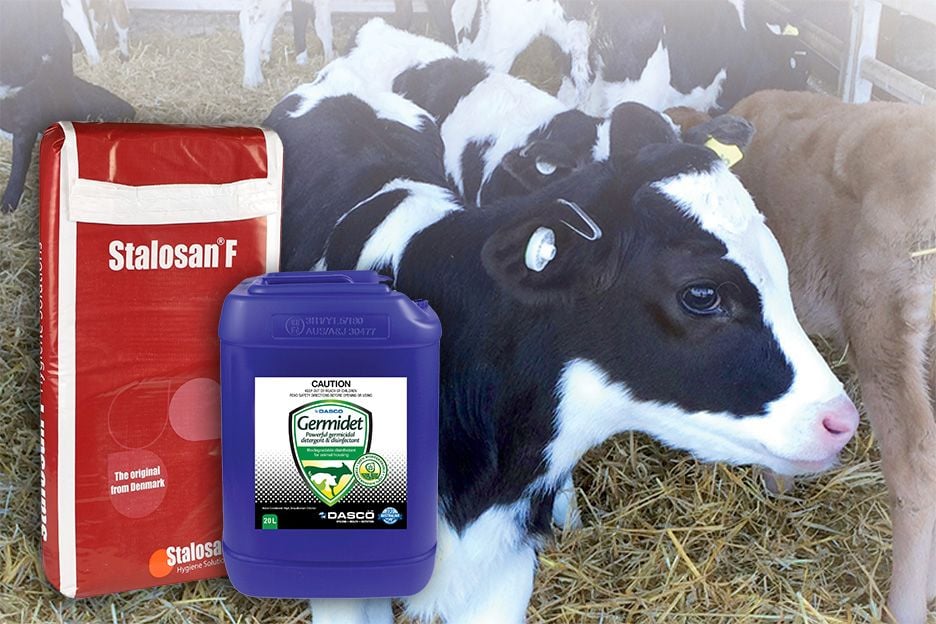)


